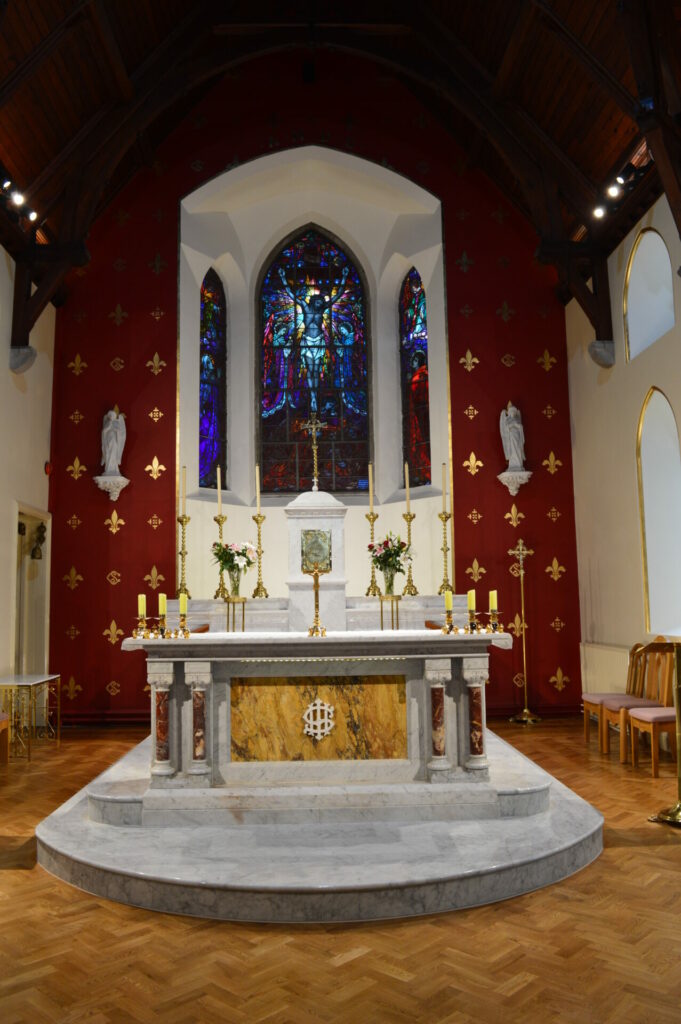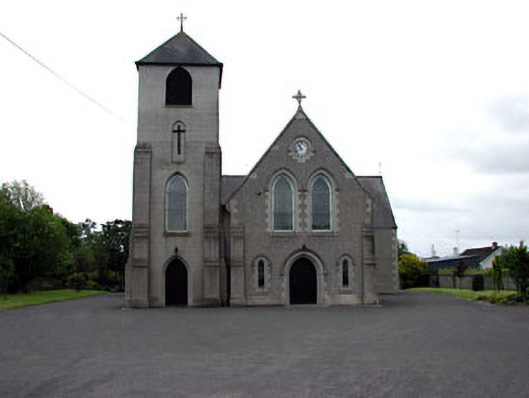© 2024 | All rights reserved

543-615
There are many records of the life of Saint Columbanus. The initial accounts are those of Jonas from Suza who entered St Columbanus’ Monastery at Bobbio, North West Italy, three years after St Columbanus’ death.. While information from this brief synopsis has come from many sources such as The New Catholic Dictionary, The Catholic Encyclopaedia, Encyclopaedia Britannica, etc. much of the information comes from the 2012 edition of the biography of St Columbanus by Cardinal Tomás Ó Fiaich.
Saint Columbanus also known as Saint Columban (White Dove) is generally believed to have been born around 543 on the borders of what are the modern counties of Carlow and Wexford. He died in Bobbio in Italy in 615.
By all accounts he was a remarkable man. He is accepted as being one of Ireland’s greatest missionaries and instigated the revival of spirituality on mainland Europe. He was a zealous Christian who founded a number of monasteries and left a written record of sermons, epistles, latin poems, detailed penances for the forgiveness of sins, and rules for those living in his monasteries.
In the Ireland of the middle sixth century young men were extremely enthusiastic about entering monasteries and possibly even forming a new monastery. When he was about 17 years old ie approximately 560 A.D., Columbanus entered the monastery at Cleenish on Lough Erne, which was founded by Sinell, a student of St Finian at Clonard.
While some of his poetry and commentary on the Psalms were written while he was young it is not known if this was done at Cleenish (which would have the Clonard tradition of study and scholarly development) or at Bangor. It is not definite when Columbanus left Cleenish but Jonas of Suza records that he entered the Monastery at Bangor (Co. Down) as soon as he decided to become a monk.
Comgall founded the Monastery at Bangor in 558. It was famous for its stern discipline and scholarship. There is little left now, of what is believed, to have been the monastery (ie probably a type of village of small wooden buildings centered around a church and dining hall). It was destroyed by the Danes in 824, restored in the 12th century by St Malachy and before being dissolved by James 1 it was used by the Fransciscans and later the Augustinians. Currently Bangor Abbey, tower and associated Malachy’s wall are all associated with the site of this famous monastic settlement.
Columbanus led a life conspicuous for fervour, and learning in the monastery in Bangor. However for years he had a profound missionary zeal to preach the Gospel in other countries. At first his abbot – Comgall- did not give him permission to go but eventually Comgall agreed to allow Columbanus and also twelve fellow monks to leave the monastery at Bangor in 590 i.e. when he was almost 50. St Gall is perhaps the most famous member of the group, however, the others (Aedh, Caldwell, Columban Óg, Commininus, Deicola, Domoal [Columbanus’s minister], Equoananus, Eunocus, Leobard Libranus, and Lua ) undoubtedly played their part in supporting St Columbanus’ missionary zeal.
The group may have landed in Cornwall on their way to the bay of St Malo in what is now known as Brittany, in north west France.
MORE TO FOLLOW
Columbanus is the patron saint of motorcyclists. The date of his feast varies from 21st to 24th November in different countries.

REFERENCES
Columban, Saint. (2012). Encyclopædia Britannica. Encyclopædia Britannica Ultimate Reference
Suite. Chicago: Encyclopædia Britannica.
O’Fiaich, T. (2012). Columbanus, In His Own Words. Veritas Publications, Dublin
© 2024 | All rights reserved